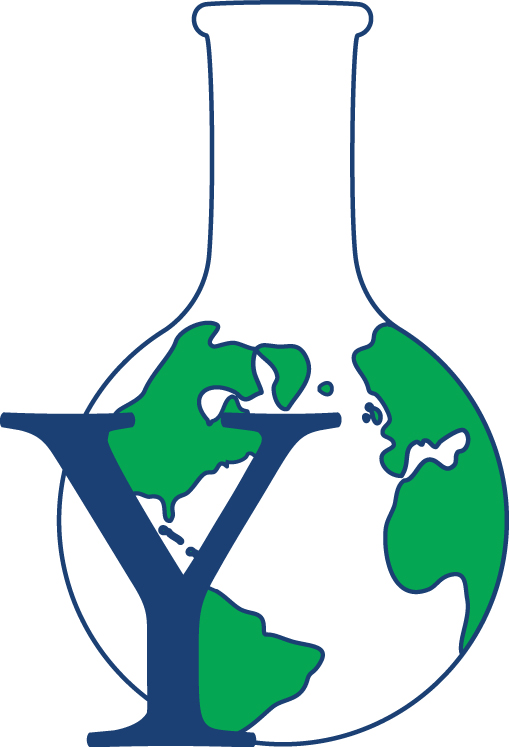A Yale environmental engineering professor has received a Walter L. Huber Civil Engineering Research Prize for innovative research and developing sustainable, cost-effective technologies for the treatment of drinking water.
Julie Zimmerman, associate professor of green engineering jointly appointed in the School of Engineering and Applied Science and the School of Forestry & Environmental Studies, will accept the prize in Montreal at the national meeting of the American Society of Civil Engineers in October. The award honors researchers under the age of 40 “who can be expected to continue fruitful careers in research.”
“We are delighted by this recognition that Julie has received for her work,” said Peter Crane, dean of the Yale School of Forestry & Environmental Studies. “Her innovative research captures the essence of our school’s mission by its practical interdisciplinary nature.”
Zimmerman joined the Yale faculty in 2007 and was promoted to associate professor last year. She has led a team of engineers at the Center for Green Chemistry & Green Engineering in developing a process that could cheaply, effectively and sustainably help address the problem of arsenic in drinking water.
In July 2010, the British medical journal The Lancet confirmed that as many as 77 million people in Bangladesh alone have been exposed to high levels of arsenic, with grave short- and long-term health consequences that range from severe skin lesions to organ cancer and cardiovascular diseases.
Zimmerman’s approach relies on titanium dioxide (TiO2), a nontoxic and commonly used industrial compound (it’s found in white paints and sunscreen) that’s already known as a useful agent in arsenic detoxification and removal. Particles of titanium dioxide are photo-oxidants that will, if exposed to ultraviolet light, tightly bind molecules of arsenic to their surfaces, simultaneously converting the more-toxic form of the poison, arsenic(III), into less-toxic arsenic(V).
However, this use of titanium dioxide nanoparticles relies on energy-intensive post-treatment filtration. The novel approach pursued by Zimmerman utilizes green engineering to overcome this challenge while exploiting the desirable attributes of titanium dioxide by using recovered wastes from the shellfish industry to help make the treatment process in the field less expensive and less technologically complex.
Zimmerman’s version of the process embeds nanosized particles of titanium dioxide in beads of chitosan, the biopolymer that gives crab, shrimp and other crustacean shells their strength. Part of the advantage of using chitosan as a medium is the sheer abundance of its source and the appeal of transforming this seafood industry waste into a valuable resource.
Arsenic contamination of drinking water has also been a problem in the developed world, including parts of the United States, and an array of technologies to remove it in centralized water treatment plants is well-established but often cost-prohibitive. The proposed approach addresses the economic, social and environmental challenges in the developed and developing worlds.
The chitosan beads, impregnated with titanium dioxide, are themselves reusable. After clean water is poured off, the beads can be exposed to a moderately alkaline solution—pH 9 to 10, or about the alkalinity of milk of magnesia. That will release the arsenic back into the solution allowing for controlled end-of-life management while leaving uncontaminated beads still impregnated with titanium dioxide. This will allow for more arsenic removal.
Zimmerman said improvements to the technology to increase performance and enhance resource efficiency will be explained in a forthcoming paper in the journal Water Research. She said they have expanded their scope to look at the removal of other metals of importance to water and wastewater treatment, including selenium and cadmium.
“This work was originally focused on the challenges of arsenic poisoning in Bangladesh and West Bengal, India, but has proven to have broad applications in the developed world for small-scale water treatment systems and industrial wastewater systems,” she said.
##
David DeFusco
Yale School of Forestry & Environmental Studies
